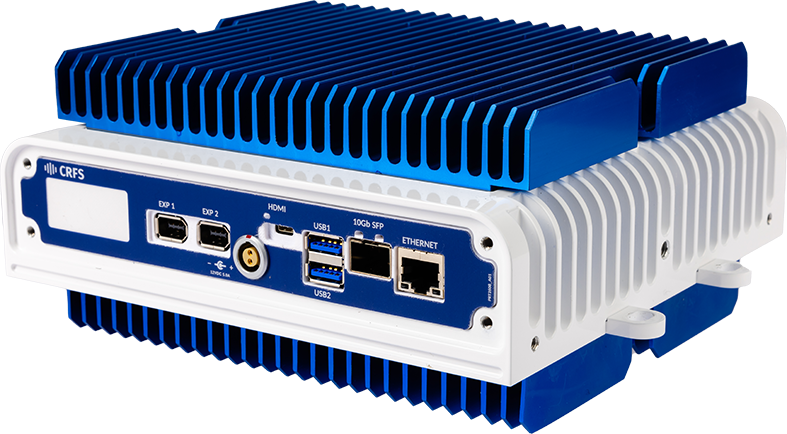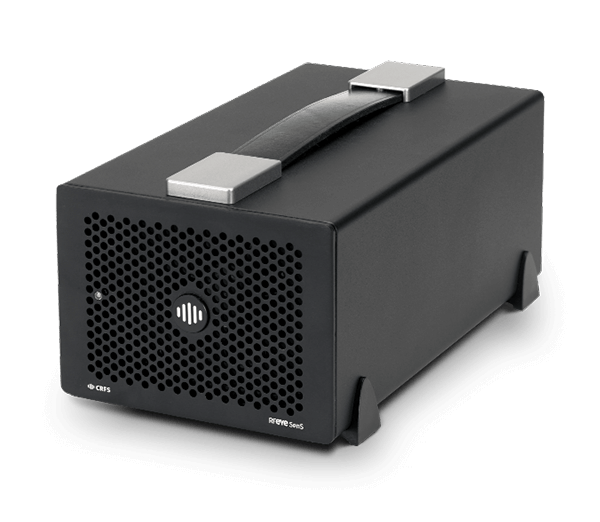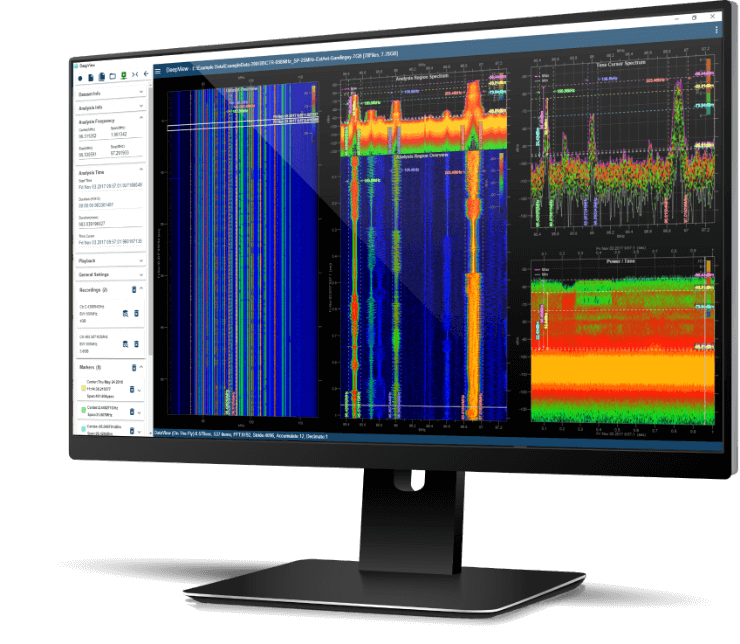Deployment stories
CAPTURING I/Q SIGNAL DATA AT A DEEP LEVEL


How a university research team uses I/Q data to develop cutting-edge spectrum technologies
DOMAIN: LandAPPLICATION: Spectrum monitoringCUSTOMER: University
PROBLEM: Build a national dataset of I/Q signal traces
RESTART Project is the largest telecommunications research project ever funded in Italy—worth €120 million. Professor Luca Chiaraviglio heads the lab that focuses on applying AI to telecom networks, specifically signal measurements, his area of expertise.
His team needed to record and build a national dataset of I/Q signal traces recorded across the country—from different landmarks and locations, including 5G private networks.
The goal was to develop a signal analyzer that can classify and help understand spectrum usage in Italy.
Having spent years carrying out classical signal analysis with spectrum analyzers, Luca’s team needed to go further and dive deeper into the digital layer and extract more meaningful data using I/Q capture.
They needed technology to perform long-duration, high-resolution captures and automate trace analysis to produce meaningful AI-ready data.
We’re moving beyond traditional spectrum analysis—CRFS’ tools allow us to explore the spectrum at a level we couldn’t reach before. Professor Luca Chiaraviglio

SOLUTION: High-fidelity RF signal recording
To take his project to the next level, Luca chose the RFeye SenS Portable for long-duration, high-fidelity RF signal recording. Despite being small and light, the highly sensitive RF sensor can capture hours of lab-quality signal data—ideal for transporting across Italy to record spectrum in multiple locations, including the city center of Rome as well as Bologna and Catania.
The team appreciated how the hardware worked seamlessly with RFeye DeepView. The forensic signals analysis software allowed them to zoom into individual trace segments and extract high-resolution signal imagery and meaningful information about 5G signals.
They built a bot to automate RFeye DeepView for sequential frequency analysis, capturing 20–30 traces per location. This enabled the team to train a classifier that could detect and identify signal types and internal signal structures like synchronization blocks. The classifier forms the basis of a new AI-driven approach to spectrum analysis.
RESULTS: Unique, broad, and exploratory
Luca’s approach is unique, broad, and exploratory. While most projects have mission-specific goals, his work now opens new applications and insights that national regulators, telcos, and defence stakeholders can build upon.
- Rapid classification: Signals can now be classified in milliseconds, enabling dynamic spectrum access and real-time threat detection.
- AI integration: RFeye DeepView automation and classifier training allow full-cycle signal intelligence from trace to insight.
- New spectrum intelligence methods: The team’s research is contributing to a new body of literature based on I/Q-level, image-based classification.
Thanks to the ongoing success of the RESTART Project, the team will be deploying a fixed RFeye Node network across Rome to detect and geolocate signals to gather further RF spectrum intelligence.
Related products
Hardware and software related to this deployment story.

RFeye Node Plus 100-18
Portable, rugged, exceptionally fast RF sensor with full 100 MHz I/Q recording and streaming for enhanced detection, POI and signal intelligence.

RFeye SenS Portable
The RFeye SenS Portable is a lightweight, portable I/Q recorder for high-fidelity, long-duration RF recording, and signal extraction.

RFeye Site
RFeye Site is a toolbox to monitor the spectrum in real-time and geolocate signals in complex RF environments.
